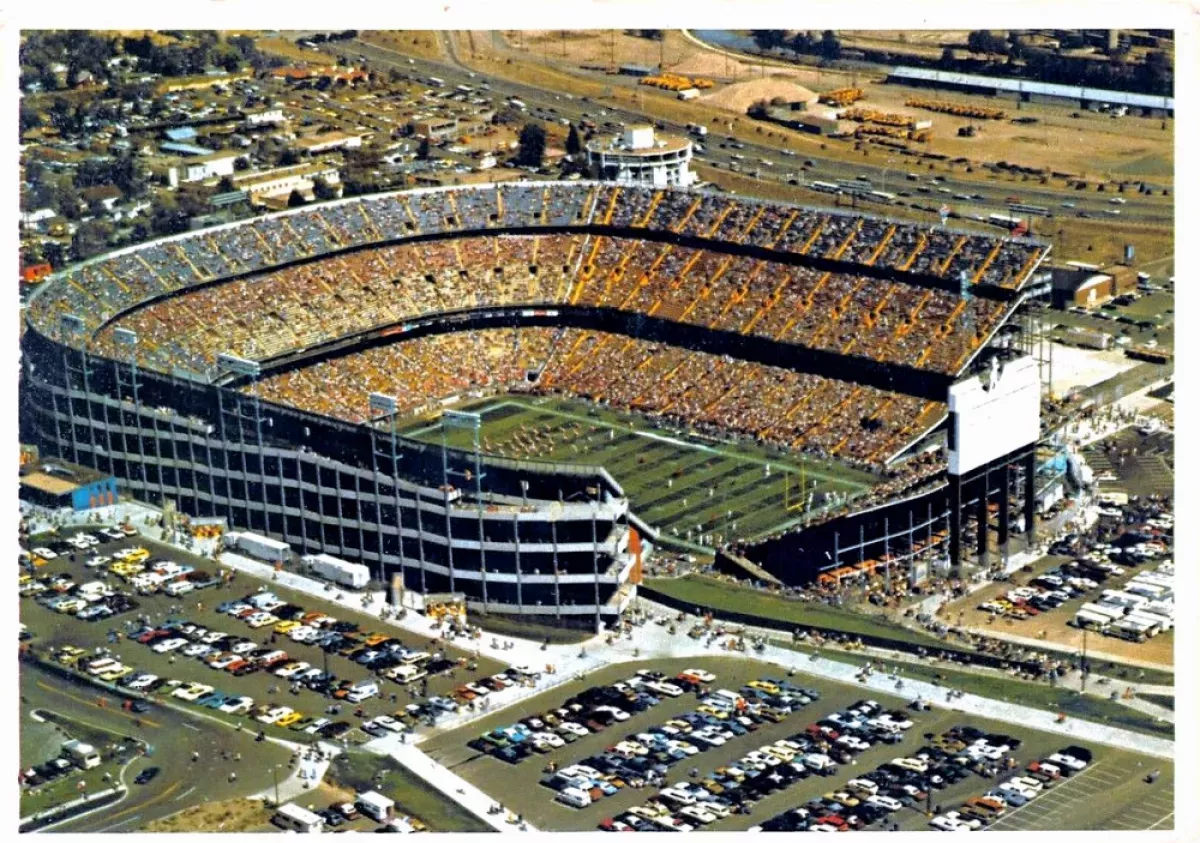Mile High Stadium, situated in Denver, Colorado, served as an outdoor multi-purpose stadium from 1948 until 2001.
1948: Bob Howsam Builds Bears Stadium
Bob Howsam built Bears Stadium in 1948 on a former landfill. The initial design featured a single grandstand for 18,000 spectators, stretching along the north side from left to right field.
1948: Bears Stadium Opens its Doors
Built by Bob Howsam, Bears Stadium opened in 1948 as a venue for the Denver Bears baseball team. The stadium initially had an 18,000-seat grandstand.
1948: Bears Stadium Opens for the Denver Bears
Originally intended for baseball, Bears Stadium was built in 1948 for the Denver Bears, a Western League team. Though designed for baseball and hosting both sports for much of its existence, the stadium gained more fame as a football venue after expansions to welcome the Denver Broncos.
1949: The Bears Draw Record Crowds
In 1949, their first full season at Bears Stadium, the Denver Bears achieved an average attendance of over 6,600 fans per game, setting a new attendance record in the minor leagues.
1960: Bears Stadium Expands to Welcome Football
In 1960, Bears Stadium underwent a significant expansion with a large bleacher section added along the south side and temporary east stands built, increasing the capacity to 34,657.
1960: The Denver Broncos Come to Mile High
The Denver Broncos, a professional football team, began playing at Mile High Stadium in 1960 during their time in the AFL.
1961: Howsam Sells His Sports Interests
Bob Howsam sold all his sports interests, including the Denver Bears, in 1961 due to overwhelming debt, putting his aspirations for major league baseball in Denver on hold for three decades.
1963: Baseball Capacity at Bears Stadium
By 1963, Bears Stadium had a baseball capacity of 26,500.
1963: Drums Along the Rockies
The Denver-based Blue Knights Drum & Bugle Corps initiated their annual Drums Along the Rockies event at Mile High Stadium in 1963, marking the start of a longstanding tradition at the venue.
1966: AFL-NFL Merger and Stadium Expansion
The AFL-NFL merger in 1966 included a condition for Denver: expand Bears Stadium to a capacity of at least 50,000. This led to the addition of second and third decks on the west sideline.
1968: Bears Stadium Becomes Mile High Stadium
Following the expansion in 1968, Bears Stadium was sold to the city of Denver. The city renamed the venue Mile High Stadium and added the upper deck on the west side, bringing the total capacity to 50,657.
1968: Mile High Stadium Gets a New Name
Originally Bears Stadium, the stadium underwent an expansion to accommodate at least 50,000 seats in 1968. After the expansion, it was sold to the city of Denver and renamed Mile High Stadium.
1969: Denver Pop Festival
From June 27th to 29th in 1969, Mile High Stadium hosted the Denver Pop Festival, a major music event featuring numerous well-known artists. The festival, supported by the city of Denver, drew large crowds and faced challenges related to non-ticket holders attempting to enter the venue.
1974: Mile High Stadium Expands Again
A $25 million bond issue in 1974 funded further renovations and expansions to Mile High Stadium, adding more seats to accommodate the growing number of fans.
1974: The Denver Dynamos' First Two Seasons
The Denver Dynamos, a North American Soccer League team, played their first two seasons at Mile High Stadium starting in 1974 before relocating to Bloomington, Minnesota.
1975: Innovative Expansion at Mile High Stadium Begins
An innovative expansion project, spanning from 1975 to 1977, commenced at Mile High Stadium. The project aimed to increase capacity while accommodating both football and baseball.
1975: "Bucky" the Horse Statue Arrives at Mile High
In 1975, a 24-foot fiberglass replica of Roy Rogers' horse, Trigger, was installed atop the Mile High Stadium scoreboard. Named "Bucky" by Denver fans, the statue remained there for 25 years.
June 27, 1976: Lynyrd Skynyrd Concert
On June 27, 1976, Southern rock band Lynyrd Skynyrd performed at Mile High Stadium as part of their "One More From The Road" tour.
1976: Upper Decks Completed at Mile High Stadium
With the construction of upper decks along the north end zone, Mile High Stadium's seating capacity increased to 63,532 in 1976.
1977: Drum Corps International World Championships
Mile High Stadium hosted the Drum Corps International World Championships in 1977, showcasing the precision and musicality of marching band performances.
1977: Mile High Stadium Expansion Completed
The expansion of Mile High Stadium concluded in 1977, bringing the total seating capacity to 75,103. The project involved extending the upper deck and adding movable, triple-decked stands on the east side.
1978: Drum Corps International World Championships
The Drum Corps International World Championships returned to Mile High Stadium in 1978 for another year of competitive marching band performances.
July 17, 1983: The USFL Championship Game Comes to Mile High
Mile High Stadium hosted the inaugural USFL championship game on July 17, 1983, showcasing the stadium's ability to accommodate different football leagues.
1984: The Jacksons' Victory Tour
In 1984, Mile High Stadium hosted The Jacksons for two concerts on September 7th and 8th, as part of their iconic Victory Tour.
1984: The Denver Zephyrs: A New Name for the Bears
The Denver Bears baseball team changed their name to the Zephyrs in 1984, continuing to play at Mile High Stadium.
1985: Bruce Springsteen & the E Street Band Concert
On September 23rd and 24th, 1985, Mile High Stadium hosted Bruce Springsteen & the E Street Band for two shows, marking a near-end stop on their renowned "Born in the U.S.A." Tour.
1985: The Denver Gold of the USFL Cease Operations
The Denver Gold, a USFL team that played at Mile High Stadium from 1983 to 1985, ceased operations.
1986: Luxury Suites Added to Mile High Stadium
In 1986, 77 luxury suites were constructed atop the west stands of Mile High Stadium. This addition increased the stadium's official seating capacity to 76,123.
1987: Billy Graham's "Rocky Mountain Crusade"
In 1987, renowned evangelist Billy Graham held his "Rocky Mountain Crusade" at Mile High Stadium, drawing large crowds for his religious message.
July 30, 1988: Monsters of Rock Festival
Mile High Stadium hosted the final show of the 1988 Monsters of Rock Festival Tour on July 30th. The lineup for this major rock event included Van Halen, Metallica, Scorpions, Dokken, and Kingdom Come.
June 28, 1991: Grateful Dead Concert
On June 28, 1991, the Grateful Dead, a renowned rock band known for their dedicated fan base and improvisational performances, held a concert at Mile High Stadium.
September 19, 1992: Guns N' Roses/Metallica Stadium Tour
On September 19, 1992, Mile High Stadium hosted the Guns N' Roses/Metallica Stadium Tour, a major concert event featuring these two iconic rock bands. The show also included Body Count as the opening act.
October 21, 1992: U2's Zoo TV Tour
On October 21, 1992, Irish rock band U2 performed at Mile High Stadium as part of their innovative and multimedia-heavy Zoo TV Tour.
1992: The Zephyrs Move to New Orleans
The Denver Zephyrs relocated to New Orleans in 1992, a move prompted by Denver being awarded a Major League Baseball franchise.
August 1993: World Youth Day Events with Pope John Paul II
During World Youth Day in August 1993, Mile High Stadium hosted two significant events featuring Pope John Paul II: the Papal Welcoming Ceremony and the Way of the Cross. These events held deep religious significance and drew massive crowds.
1993: Rockies Draw Record Crowds in First Season
The Colorado Rockies drew a record-breaking 4,483,350 fans in 79 home dates during their inaugural 1993 season at Mile High Stadium, averaging 56,751 fans per game.
1993: The Colorado Rockies Debut at Mile High Stadium
The Colorado Rockies, Denver's new Major League Baseball team, began playing at Mile High Stadium in 1993. They played for two seasons while Coors Field was being constructed.
1994: The Colorado Rockies' Second Season at Mile High
The Colorado Rockies continued playing at Mile High Stadium for a second season in 1994, a year shortened by a strike.
1994: Rockies on Pace for Another Record Season
The Colorado Rockies were on track to surpass their attendance record during the strike-shortened 1994 season. In 57 home dates, they drew 3,281,511 fans, averaging 57,570 fans per game.
1995: The Rockies Move to Coors Field
After setting MLB attendance records at Mile High Stadium, the Colorado Rockies moved to their new home, Coors Field, for the 1995 season.
1995: Promise Keepers Event
On June 16th and 17th, 1995, Mile High Stadium hosted a gathering of the Promise Keepers, a Christian men's ministry. This event drew a large number of attendees, highlighting the organization's growing influence.
1996: Colorado Rapids Join Major League Soccer
The Colorado Rapids, a charter franchise of Major League Soccer, were formed in 1996 and began playing at Mile High Stadium, marking the arrival of MLS in Denver.
May 1, 1997: U2's PopMart Tour
U2 returned to Mile High Stadium on May 1, 1997, this time for their PopMart Tour, known for its elaborate stage production and social commentary.
June 24, 1997: Ozzfest
On June 24, 1997, Mile High Stadium hosted Ozzfest, a major annual music festival specializing in heavy metal and hard rock acts.
December 23, 2000: Broncos Bid Farewell to Mile High with a Victory
On December 23, 2000, the Denver Broncos played their final game at Mile High Stadium, defeating the San Francisco 49ers with a score of 38-9.
2000: The Denver Broncos' Final Game at Mile High Stadium
The Denver Broncos concluded their time at Mile High Stadium in 2000, marking the end of an era for the team at the iconic venue.
June 21, 2001: Ozzfest
Ozzfest returned to Mile High Stadium for the second and final time on June 21, 2001.
July 28, 2001: Area:One Festival
On July 28, 2001, Mile High Stadium hosted the Area:One Festival, a touring music festival known for its diverse lineup of electronic and alternative rock artists.
September 8, 2001: Last Professional Sporting Event at Mile High Stadium
On September 8, 2001, the Colorado Rapids played their last game at Mile High Stadium, losing 2-0 to the Los Angeles Galaxy in front of 17,129 fans. This marked the end of an era for the stadium, as it was the last professional sporting event ever held there.
2001: Mile High Stadium Closes its Doors
After hosting its final game in 2001, Mile High Stadium closed. The Colorado Rapids were the last team to play in the stadium.
2001: Interview with Marilyn Manson for Bowling for Columbine
During the 2001 Ozzfest at Mile High Stadium, filmmaker Michael Moore interviewed controversial musician Marilyn Manson. This interview was featured in Moore's 2002 documentary "Bowling for Columbine," which explored gun violence and American culture.
2001: End of an Era: Mile High Stadium Closes
Following the Colorado Rapids' 2001 season, Mile High Stadium closed its doors, marking the end of an era for the iconic Denver landmark.
2001: Colorado Rapids' Final Season at Mile High
The Colorado Rapids concluded their time at Mile High Stadium in 2001, making them the last team to play at the venue before its closure.
January 2002: Demolition of Mile High Stadium Begins
Following the departure of the Colorado Rapids and Denver Broncos, the demolition of Mile High Stadium commenced in January 2002. The demolition was carried out by Spirtas Wrecking Company, known for similar projects in other cities, and was a significant event covered extensively by media.
2002: Demolition of Mile High Stadium
In 2002, Mile High Stadium was demolished, a year after its closure. The site was then repurposed.
2004: Drum Corps International World Championships
In 2004, the Drum Corps International World Championships were held at Empower Field at Mile High, the successor to Mile High Stadium, continuing the legacy of hosting this prestigious event.
2007: Publication of "The Sporting News Baseball Record Book"
The Sporting News Baseball Record Book, published in 2007, provided detailed attendance figures and game counts for the Colorado Rockies, including their seasons at Mile High Stadium.
2019: Last Drums Along the Rockies at Mile High Stadium
The 2019 Drums Along the Rockies marked the final time this event was held at Mile High Stadium, concluding a remarkable run of over five decades.
2020: Drums Along the Rockies Cancelled
Due to the COVID-19 pandemic, the 2020 Drums Along the Rockies was canceled, interrupting the event's long history.
Mentioned in this timeline

Bruce Springsteen known as the Boss is a highly influential...
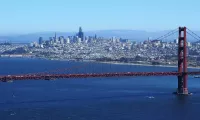
San Francisco is a major commercial financial and cultural hub...

Guns N' Roses an American hard rock band formed in...
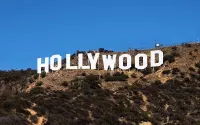
Los Angeles is the most populous city in California and...
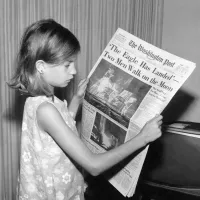
News encompasses information about current events disseminated through various media...
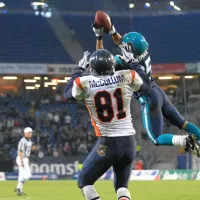
Football is a family of team sports primarily involving kicking...
Trending
Jo'Quavious Dequane Woody Marks is an American professional football running back for the Houston Texans of the NFL He played...
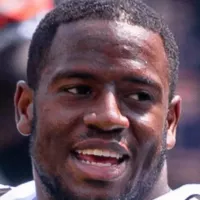
8 months ago Nick Chubb declares he's just getting started amidst free agency, addressing future plans.
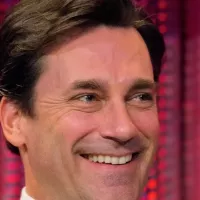
2 months ago Jon Hamm: From Mad Men to a Beloved Actor

1 month ago Saints WR Shaheed Trade Rumors Swirl Amid Olave Interest Before NFL Deadline.

6 months ago Trump's White House Rose Garden Paving Sparks Controversy After Melania's Redesign; Bulldozing Begins.
4 months ago Jack Bech Impresses at Raiders Training Camp, Showcasing Skill Set and Potential Impact.
Popular
Matt and Ross Duffer known as the Duffer Brothers are...
Aftyn Alyssa Behn is an American politician currently serving as...

Candace Owens is an American conservative political commentator and author...

XXXTentacion born Jahseh Dwayne Ricardo Onfroy was a controversial yet...

Ilhan Omar is an American politician currently serving as the...
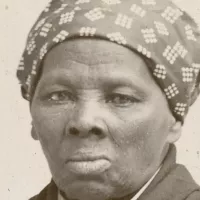
Harriet Tubman was a pivotal American abolitionist and social activist...
